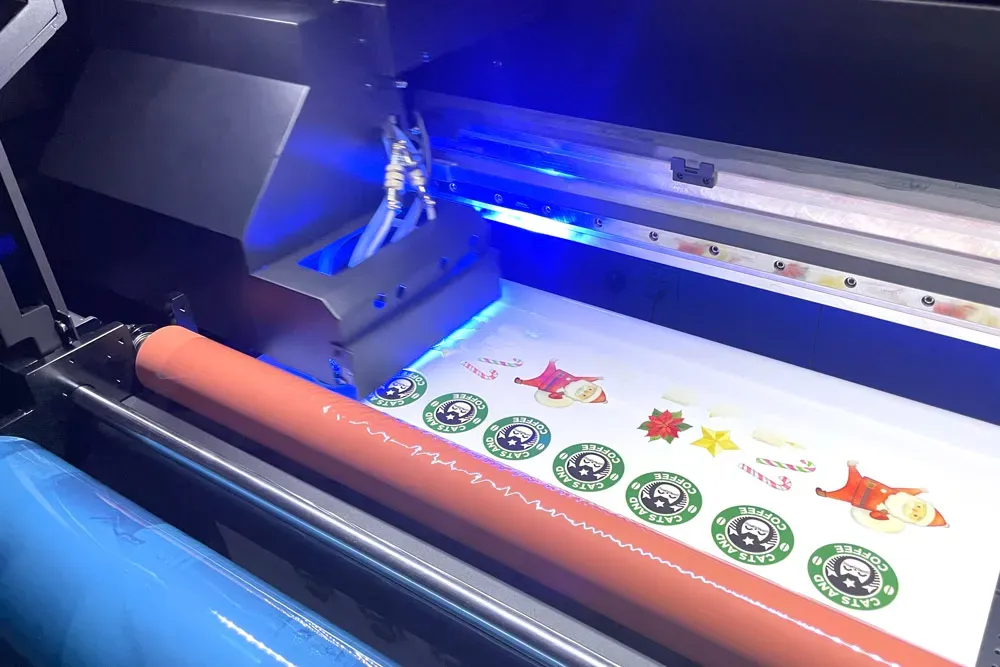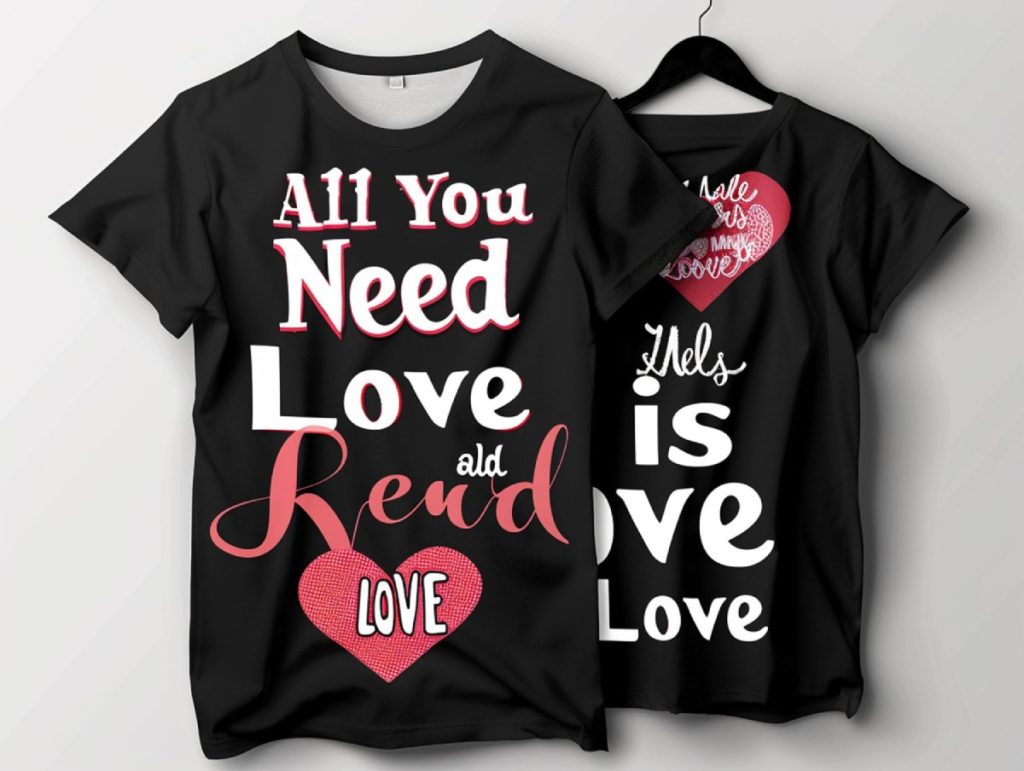UV DTF printing, or Direct to Film printing, is revolutionizing the world of printing technology with its ability to deliver stunning visuals and high-definition designs. This modern printing method stands out against traditional printing techniques, such as screen printing and offset printing, by offering faster turnaround times and superior print quality. Utilizing ultraviolet light to cure inks, UV DTF ensures that colors remain vibrant and detailed, even on various materials like textiles, metal, and plastic. As businesses seek innovative solutions that are both efficient and customizable, UV DTF printing emerges as a significant contributor to contemporary printing practices. This article will delve into the advantages and limitations of UV DTF compared to traditional printing methods, providing insights into what businesses need to consider when selecting a printing solution.
Known variably as Direct to Film technology, UV DTF printing represents a significant advancement in printing methodologies. Unlike traditional printing options that rely on established practices like screen printing, UV DTF employs innovative techniques that leverage ultraviolet curing to enhance the print quality and flexibility. This form of printing opens the door to diverse surfaces and intricate designs, appealing to businesses looking for customization. As industries evolve, the demand for unique and high-resolution prints has surged, prompting an exploration of this modern alternative to older printing methods. In this discussion, we will analyze both the strengths and challenges presented by UV DTF as compared to the conventional alternatives.
What is UV DTF Printing?
UV DTF printing, or Direct to Film printing, is revolutionizing the way businesses and creatives approach design and customization. This innovative technique utilizes ultraviolet technology to cure inks, resulting in prints that are both vibrant and durable. By transferring high-resolution designs onto a special film, UV DTF printing allows for exceptional detail, catering to intricate graphics that may be challenging to achieve with traditional methods such as screen printing or offset printing. This level of print quality is particularly beneficial for producing items that require a high degree of personalization, making it a favorite among small businesses and independent artists.
Another notable aspect of UV DTF printing is its versatility. The ability to print on various surfaces, including textiles, metals, and plastics, sets it apart from many traditional printing methods. This flexibility eliminates the need for multiple setups and makes it an ideal choice for businesses looking to offer a wide range of products. Furthermore, UV DTF printing minimizes waste through its efficient process, making it a more environmentally conscious choice compared to more traditional printing technologies.
Frequently Asked Questions
What is the main advantage of UV DTF printing over traditional printing methods?
The primary advantage of UV DTF printing over traditional printing methods, such as screen printing, is its superior print quality. UV DTF technology offers high-resolution images and vibrant colors that are more difficult to achieve with traditional techniques. Additionally, UV DTF is faster and more efficient for short runs or custom jobs, thanks to reduced setup times.
How does UV DTF printing technology compare to screen printing?
UV DTF printing technology differs from screen printing in several key ways. While screen printing is excellent for large volume jobs and offers durability, UV DTF excels in providing intricate designs and vibrant colors on various surfaces. Moreover, UV DTF reduces waste and is suitable for smaller runs, making it a versatile option for businesses seeking customization.
Is UV DTF printing suitable for all materials like traditional printing?
Yes, UV DTF printing is highly versatile and can be used on a wide range of materials, including textiles, metal, glass, and plastic. This adaptability gives UV DTF an edge over traditional printing methods, which may have limitations when it comes to surface compatibility and require specific setup configurations.
What are the cost implications of transitioning from traditional printing to UV DTF printing?
Transitioning to UV DTF printing from traditional printing methods may involve higher initial costs due to the advanced equipment required. However, businesses often find that UV DTF’s efficiency, lower material waste, and higher print quality offset these costs in the long run, particularly for custom projects or smaller production runs.
Can UV DTF printing achieve the same print quality as traditional printing methods?
Yes, UV DTF printing can achieve superior print quality compared to many traditional printing methods. Utilizing ultraviolet light to cure inks allows for exceptionally detailed and vibrant prints, making UV DTF a preferred choice for high-resolution designs that would be challenging with traditional printing approaches.
What factors should businesses consider when choosing between UV DTF printing and traditional printing methods?
When choosing between UV DTF printing and traditional printing methods, businesses should consider factors such as production volume, budget constraints, and the desired complexity of designs. UV DTF may be ideal for customization and smaller runs, while traditional printing might be more cost-effective for large bulk orders.
| Aspect | UV DTF Printing | Traditional Printing |
|---|---|---|
| Definition | A modern printing technique using UV light to cure inks on a special film that can be transferred to various surfaces. | Well-established methods including screen printing, offset printing, and lithography. |
| Advantages | – Speed and efficiency, particularly for short runs – Superior print quality with vibrant colors and intricate designs – Material flexibility for various surfaces – Reduced waste compared to traditional methods |
– More cost-effective for large runs – Established processes with trained labor force – Vast availability of materials for printing |
| Disadvantages | – Higher initial investment required for technology – Learning curve for operators familiar with traditional methods |
– Longer setup times for screens or plates – Limited customization for unique designs |
| Recent Developments | Emergence of compact and affordable UV printers, making the technology more accessible to artists and small businesses. | Traditional methods continue to dominate for bulk production but face competition from newer technologies. |
Summary
UV DTF printing has revolutionized the printing landscape with its cutting-edge technology, offering vibrant colors and high-resolution designs essential for modern customization needs. The ability to print on a variety of surfaces and produce intricate designs quickly positions UV DTF printing as a preferred choice for many businesses today. Unlike traditional methods, which can be limited by setup times and design constraints, UV DTF encourages creativity and efficiency, especially in short production runs. As the industry evolves, the debate between UV DTF and traditional printing will likely persist, with each method complementing distinct market requirements.



